kottke.org posts about best of
For 40 years, the Bulwer Lytton Fiction Contest has invited people to come up with the worst possible opening sentences to really bad novels. From the results of the 2022 contest, here’s this year’s grand prize winner:
I knew she was trouble the second she walked into my 24-hour deli, laundromat, and detective agency, and after dropping a load of unmentionables in one of the heavy-duty machines (a mistake that would soon turn deadly) she turned to me, asking for two things: find her missing husband and make her a salami on rye with spicy mustard, breaking into tears when I told her I couldn’t help — I was fresh out of salami.
I am also fond, for some reason, of this one:
Apart from his undergraduate degree in art history and several years under the tutelage of Simone d’Poisson, preeminent Monet scholar at the Louvre, truckin’ was all Billy knew.
The name of the contest is in honor of Edward Bulwer-Lytton, a British writer and politician who was active in the mid-19th century. He’s typically roasted for having the worst opening line in an actual novel: “It was a dark and stormy night.” But Bulwer-Lytton also came up with several pithy and memorable turns of phrase, like “the pen is mightier than the sword”.
Oh man, I read so many books during my time away from the site this summer — but barely made a dent in the towering pile of books I desired to read.1 Even so, I am excited to dig into the various end-of-year book lists to see what everyone else has been reading — and what I might add to my own pile for 2023.
As I’ve done for several years now, I went through many of these best-of lists and compiled a list of reads that appeared often or just looked interesting. And since I’m not doing a gift guide this year (sorry!), I will just note that great books make great holiday gifts. So here they are: (some of) the best books of the year.
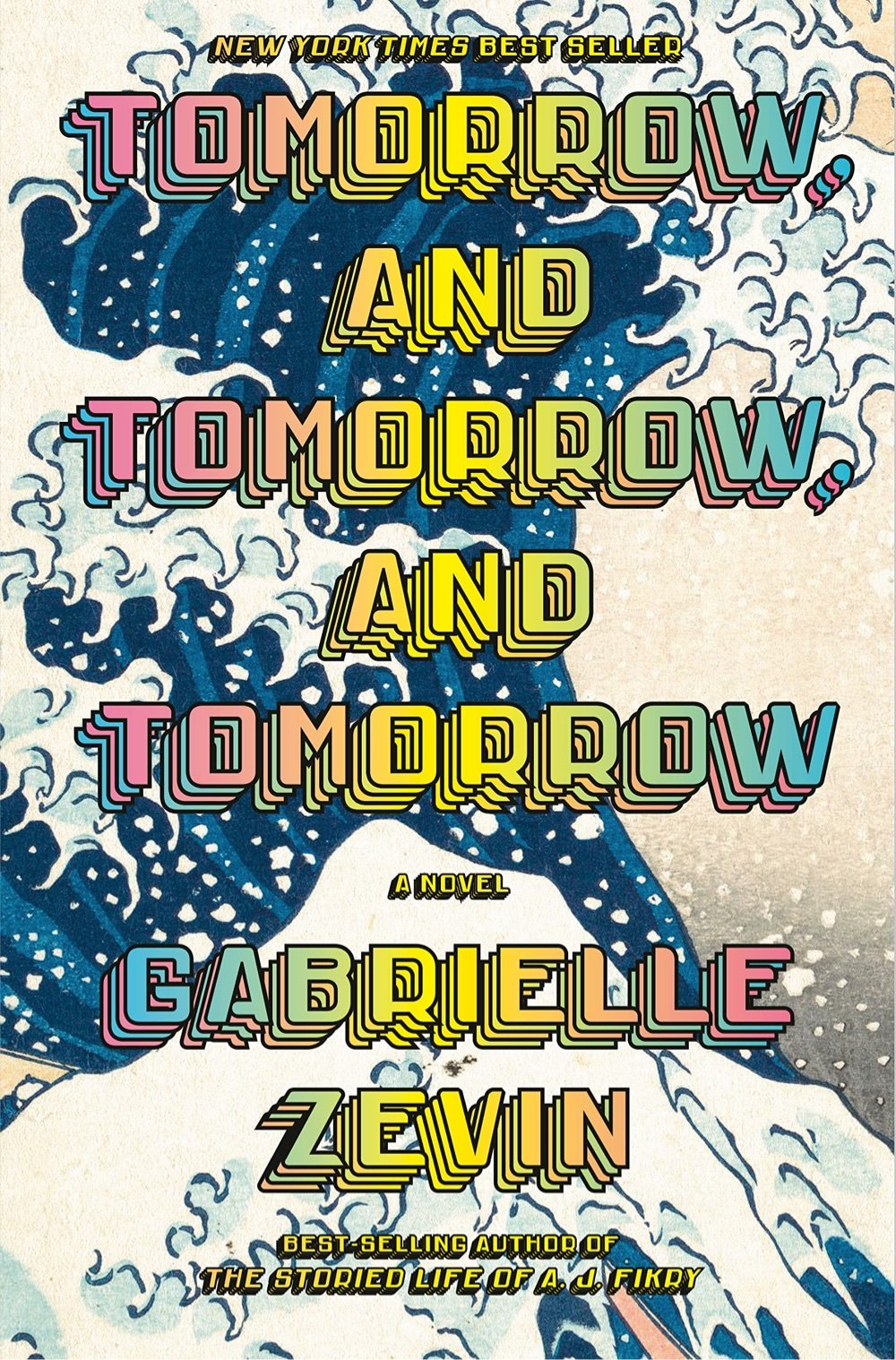
Tomorrow, and Tomorrow, and Tomorrow (ebook) by Gabrielle Zevin.
Spanning thirty years, from Cambridge, Massachusetts, to Venice Beach, California, and lands in between and far beyond, Gabrielle Zevin’s Tomorrow, and Tomorrow, and Tomorrow is a dazzling and intricately imagined novel that examines the multifarious nature of identity, disability, failure, the redemptive possibilities in play, and above all, our need to connect: to be loved and to love. Yes, it is a love story, but it is not one you have read before.

Sea of Tranquility (ebook) by Emily St. John Mandel.
The award-winning, best-selling author of Station Eleven and The Glass Hotel returns with a novel of art, time travel, love, and plague that takes the reader from Vancouver Island in 1912 to a dark colony on the moon five hundred years later, unfurling a story of humanity across centuries and space.

The Wok: Recipes and Techniques (ebook) by J. Kenji López-Alt.
J. Kenji López-Alt’s debut cookbook, The Food Lab, revolutionized home cooking, selling more than half a million copies with its science-based approach to everyday foods. And for fast, fresh cooking for his family, there’s one pan López-Alt reaches for more than any other: the wok.
Whether stir-frying, deep frying, steaming, simmering, or braising, the wok is the most versatile pan in the kitchen. Once you master the basics — the mechanics of a stir-fry, and how to get smoky wok hei at home — you’re ready to cook home-style and restaurant-style dishes from across Asia and the United States, including Kung Pao Chicken, Pad Thai, and San Francisco-Style Garlic Noodles. López-Alt also breaks down the science behind beloved Beef Chow Fun, fried rice, dumplings, tempura vegetables or seafood, and dashi-simmered dishes.

The Candy House (ebook) by Jennifer Egan.
The Candy House opens with the staggeringly brilliant Bix Bouton, whose company, Mandala, is so successful that he is “one of those tech demi-gods with whom we’re all on a first name basis.” Bix is forty, with four kids, restless, and desperate for a new idea, when he stumbles into a conversation group, mostly Columbia professors, one of whom is experimenting with downloading or “externalizing” memory. Within a decade, Bix’s new technology, “Own Your Unconscious” — which allows you access to every memory you’ve ever had, and to share your memories in exchange for access to the memories of others — has seduced multitudes.

Dilla Time: The Life and Afterlife of J Dilla, the Hip-Hop Producer Who Reinvented Rhythm (ebook) by Dan Charnas.
He wasn’t known to mainstream audiences, even though he worked with renowned acts like D’Angelo and Erykah Badu and influenced the music of superstars like Michael Jackson and Janet Jackson. He died at the age of thirty-two, and in his lifetime he never had a pop hit. Yet since his death, J Dilla has become a demigod: revered by jazz musicians and rap icons from Robert Glasper to Kendrick Lamar; memorialized in symphonies and taught at universities. And at the core of this adulation is innovation: a new kind of musical time-feel that he created on a drum machine, but one that changed the way “traditional” musicians play.

Either/Or (ebook) by Elif Batuman.
Unfolding with the propulsive logic and intensity of youth, Either/Or is a landmark novel by one of our most brilliant writers. Hilarious, revelatory, and unforgettable, its gripping narrative will confront you with searching questions that persist long after the last page.

The Nineties (ebook) by Chuck Klosterman.
It was long ago, but not as long as it seems: The Berlin Wall fell and the Twin Towers collapsed. In between, one presidential election was allegedly decided by Ross Perot while another was plausibly decided by Ralph Nader. In the beginning, almost every name and address was listed in a phone book, and everyone answered their landlines because you didn’t know who it was. By the end, exposing someone’s address was an act of emotional violence, and nobody picked up their new cell phone if they didn’t know who it was. The 90s brought about a revolution in the human condition we’re still groping to understand. Happily, Chuck Klosterman is more than up to the job.
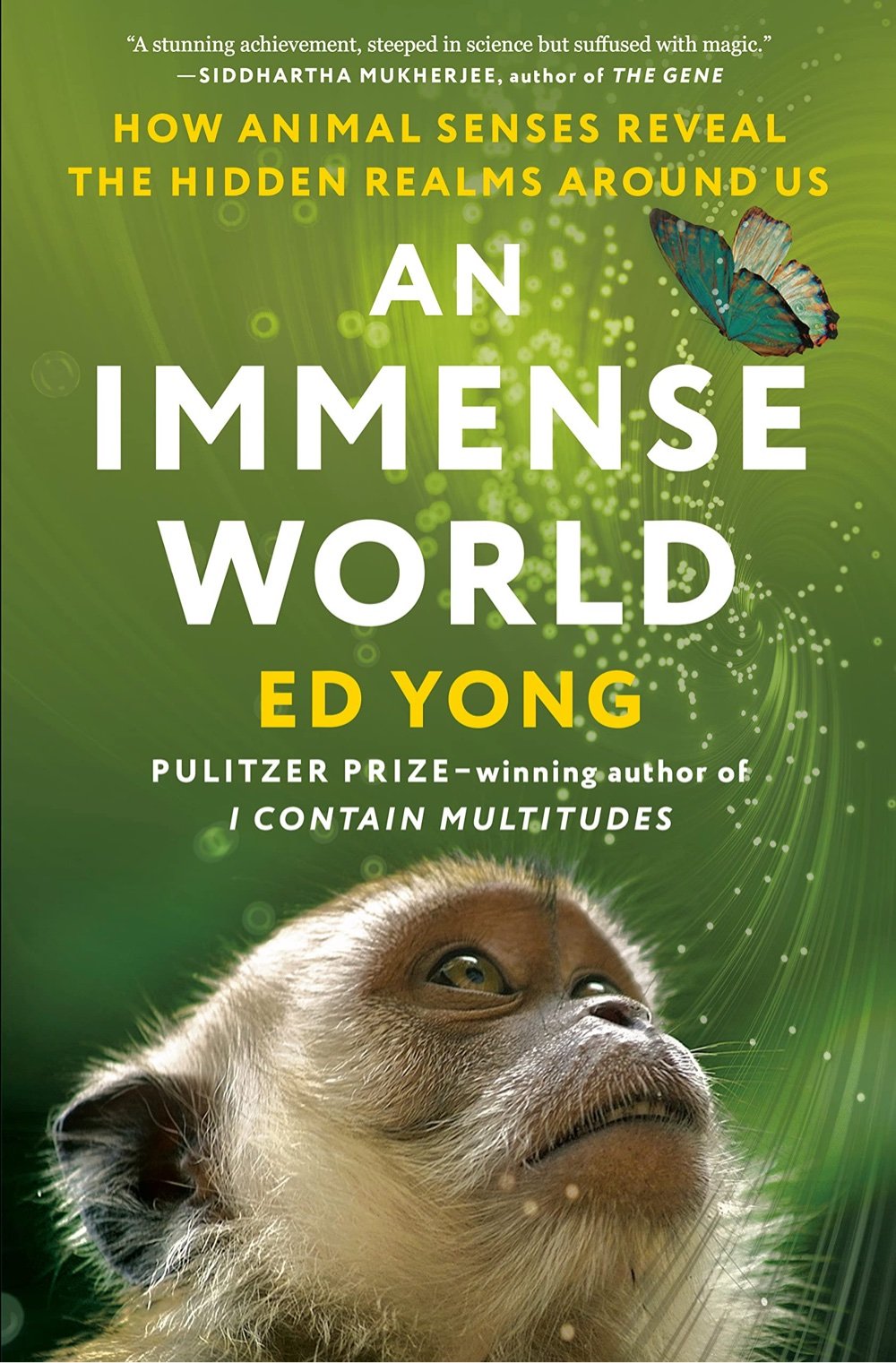
An Immense World: How Animal Senses Reveal the Hidden Realms Around Us (ebook) by Ed Yong.
In An Immense World, Ed Yong coaxes us beyond the confines of our own senses, allowing us to perceive the skeins of scent, waves of electromagnetism, and pulses of pressure that surround us. We encounter beetles that are drawn to fires, turtles that can track the Earth’s magnetic fields, fish that fill rivers with electrical messages, and even humans who wield sonar like bats. We discover that a crocodile’s scaly face is as sensitive as a lover’s fingertips, that the eyes of a giant squid evolved to see sparkling whales, that plants thrum with the inaudible songs of courting bugs, and that even simple scallops have complex vision. We learn what bees see in flowers, what songbirds hear in their tunes, and what dogs smell on the street. We listen to stories of pivotal discoveries in the field, while looking ahead at the many mysteries that remain unsolved.

Checkout 19 (ebook) by Claire-Louise Bennett.
In a working-class town in a county west of London, a schoolgirl scribbles stories in the back pages of her exercise book, intoxicated by the first sparks of her imagination. As she grows, everything and everyone she encounters become fuel for a burning talent. The large Russian man in the ancient maroon car who careens around the grocery store where she works as a checkout clerk, and slips her a copy of Beyond Good and Evil. The growing heaps of other books in which she loses — and finds — herself. Even the derailing of a friendship, in a devastating violation. The thrill of learning to conjure characters and scenarios in her head is matched by the exhilaration of forging her own way in the world, the two kinds of ingenuity kindling to a brilliant conflagration.

The Revolutionary: Samuel Adams (ebook) by Stacy Schiff.
In The Revolutionary: Samuel Adams, Schiff brings her masterful skills to Adams’s improbable life, illuminating his transformation from aimless son of a well-off family to tireless, beguiling radical who mobilized the colonies. Arresting, original, and deliriously dramatic, this is a long-overdue chapter in the history of our nation.

The Song of the Cell: An Exploration of Medicine and the New Human (ebook) by Siddhartha Mukherjee.
In The Song of the Cell, Mukherjee tells the story of how scientists discovered cells, began to understand them, and are now using that knowledge to create new humans. He seduces you with writing so vivid, lucid, and suspenseful that complex science becomes thrilling. Told in six parts, laced with Mukherjee’s own experience as a researcher, a doctor, and a prolific reader, The Song of the Cell is both panoramic and intimate — a masterpiece.
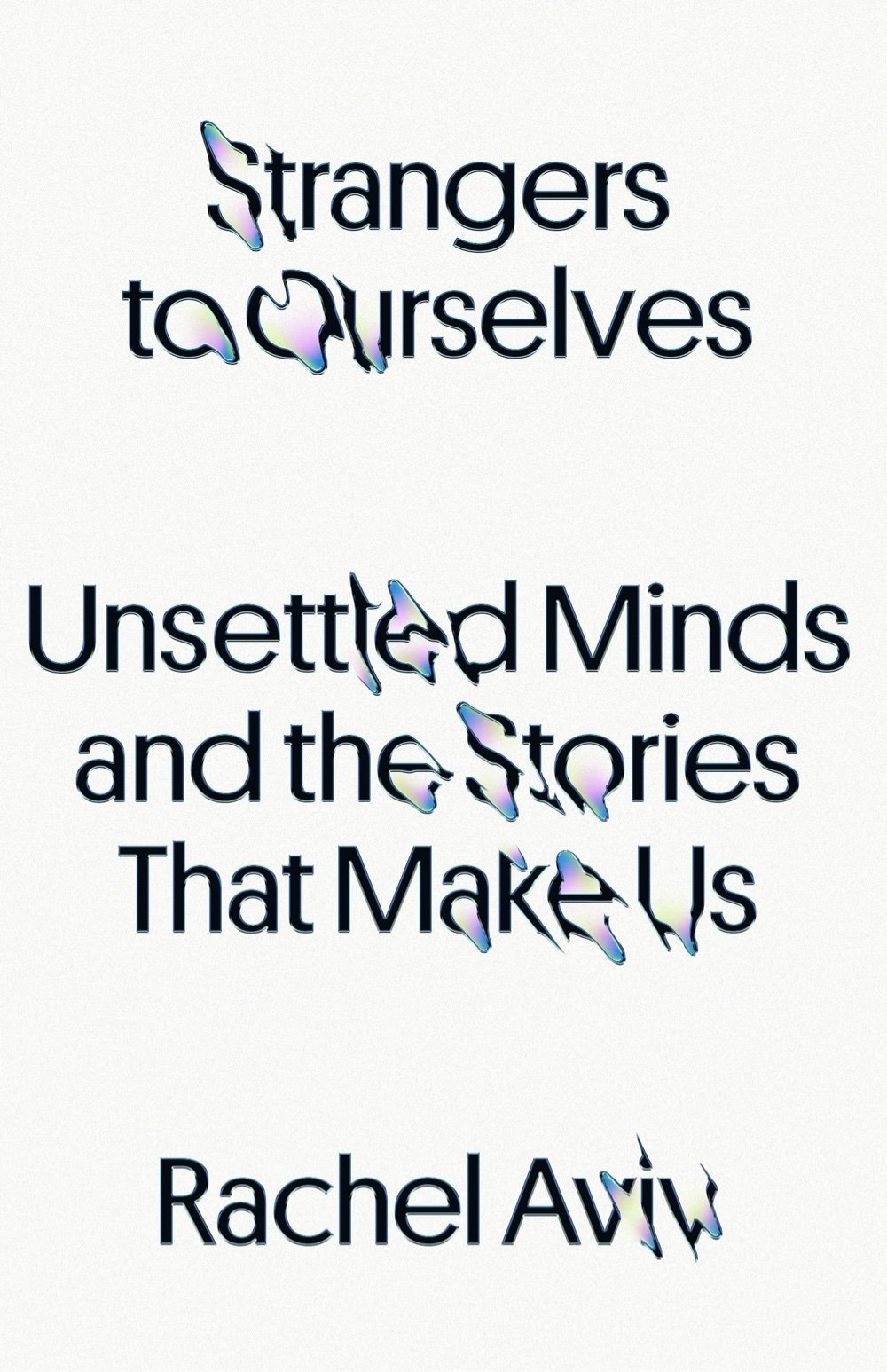
Strangers to Ourselves: Unsettled Minds and the Stories That Make Us (ebook) by Rachel Aviv.
In Strangers to Ourselves, a powerful and gripping debut, Rachel Aviv raises fundamental questions about how we understand ourselves in periods of crisis and distress. Drawing on deep, original reporting as well as unpublished journals and memoirs, Aviv writes about people who have come up against the limits of psychiatric explanations for who they are. She follows an Indian woman, celebrated as a saint, who lives in healing temples in Kerala; an incarcerated mother vying for her children’s forgiveness after recovering from psychosis; a man who devotes his life to seeking revenge upon his psychoanalysts; and an affluent young woman who, after a decade of defining herself through her diagnosis, decides to go off her meds because she doesn’t know who she is without them. Animated by a profound sense of empathy, Aviv’s exploration is refracted through her own account of living in a hospital ward at the age of six and meeting a fellow patient with whom her life runs parallel — until it no longer does.

The Book of Goose (ebook) by Yiyun Li.
A magnificent, beguiling tale winding from the postwar rural provinces to Paris, from an English boarding school to the quiet Pennsylvania home where a woman can live without her past, The Book of Goose is a story of disturbing intimacy and obsession, of exploitation and strength of will, by the celebrated author Yiyun Li.

The World We Make (ebook) by N.K. Jemisin.
All is not well in the city that never sleeps. Even though the avatars of New York City have temporarily managed to stop the Woman in White from invading — and destroying the entire universe in the process — the mysterious capital “E” Enemy has more subtle powers at her disposal. A new candidate for mayor wielding the populist rhetoric of gentrification, xenophobia, and “law and order” may have what it takes to change the very nature of New York itself and take it down from the inside.

The Last White Man (ebook) by Mohsin Hamid.
One morning, a man wakes up to find himself transformed. Overnight, Anders’s skin has turned dark, and the reflection in the mirror seems a stranger to him. At first he shares his secret only with Oona, an old friend turned new lover. Soon, reports of similar events begin to surface. Across the land, people are awakening in new incarnations, uncertain how their neighbors, friends, and family will greet them. Some see the transformations as the long-dreaded overturning of the established order that must be resisted to a bitter end. In many, like Anders’s father and Oona’s mother, a sense of profound loss and unease wars with profound love. As the bond between Anders and Oona deepens, change takes on a different shading: a chance at a kind of rebirth — an opportunity to see ourselves, face to face, anew.

Ducks: Two Years in the Oil Sands (ebook) by Kate Beaton.
Before there was Kate Beaton, New York Times bestselling cartoonist of Hark! A Vagrant, there was Katie Beaton of the Cape Breton Beaton, specifically Mabou, a tight-knit seaside community where the lobster is as abundant as beaches, fiddles, and Gaelic folk songs. With the singular goal of paying off her student loans, Katie heads out west to take advantage of Alberta’s oil rush — part of the long tradition of East Coasters who seek gainful employment elsewhere when they can’t find it in the homeland they love so much. Katie encounters the harsh reality of life in the oil sands, where trauma is an everyday occurrence yet is never discussed.
I was particularly excited to see books by Stacy Schiff and Siddhartha Mukherjee in several lists. I read Schiff’s Cleopatra and Mukherjee’s The Emperor of All Maladies right around the same time and I remember being blown away by both of them. I recommend those two books to others all the time.
Here are some of the lists I used to assemble this collection:
Note: When you buy through links on kottke.org, I may earn an affiliate commission. This year, I’m linking to Bookshop.org when I can but if you read on the Kindle or Bookshop is out of stock, you can try Amazon. Thanks for supporting the site!


Science fiction and fantasy artists could labor for a thousand years and never come up with something as beautiful and unbelievable as the aurora borealis. Nature: still undefeated. Those two shots are from the 2022 Northern Lights Photographer of the Year awards — the top one was captured by Tor-Ivar Næss in Norway and the bottom one was taken in Denmark by Ruslan Merzlyakov.
Since 1952, Sight and Sound has been asking critics and other folks in the film world what the greatest films of all time are. For decades, Citizen Kane was in the top slot and therefore occupied this seemingly unassailable position in western culture as the greatest film ever made. Then in 2012, Kane was unseated by Vertigo. This year, Sight and Sound polled more than 1600 academics, curators, critics, archivists, and programmers to determine the current list of The Greatest Films of All Time. Here’s the top 10:
1. Jeanne Dielman, 23 quai du Commerce, 1080 Bruxelles
2. Vertigo
3. Citizen Kane
4. Tokyo Story
5. In the Mood for Love
6. 2001: A Space Odyssey
7. Beau Travail
8. Mulholland Drive
9. Man with a Movie Camera
10. Singin’ in the Rain
I have to confess, I’d never heard of the top pick before today (which appears to be 3 hours and 21 minutes long and on HBO Max if you’re interested.). The most recent film that’s highest on the list is the excellent Portrait of a Lady on Fire, coming it at #30. (And boy some folks on social media are big mad about it!) A second poll was taken among directors and their top 10 was slightly different:
1. 2001: A Space Odyssey
2. Citizen Kane
3. The Godfather
4. Tokyo Story
4. Jeanne Dielman, 23 quai du Commerce, 1080 Bruxelles
6. Vertigo
6. 8 1/2
8. Mirror
9. Persona
9. In the Mood for Love
9. Close-Up

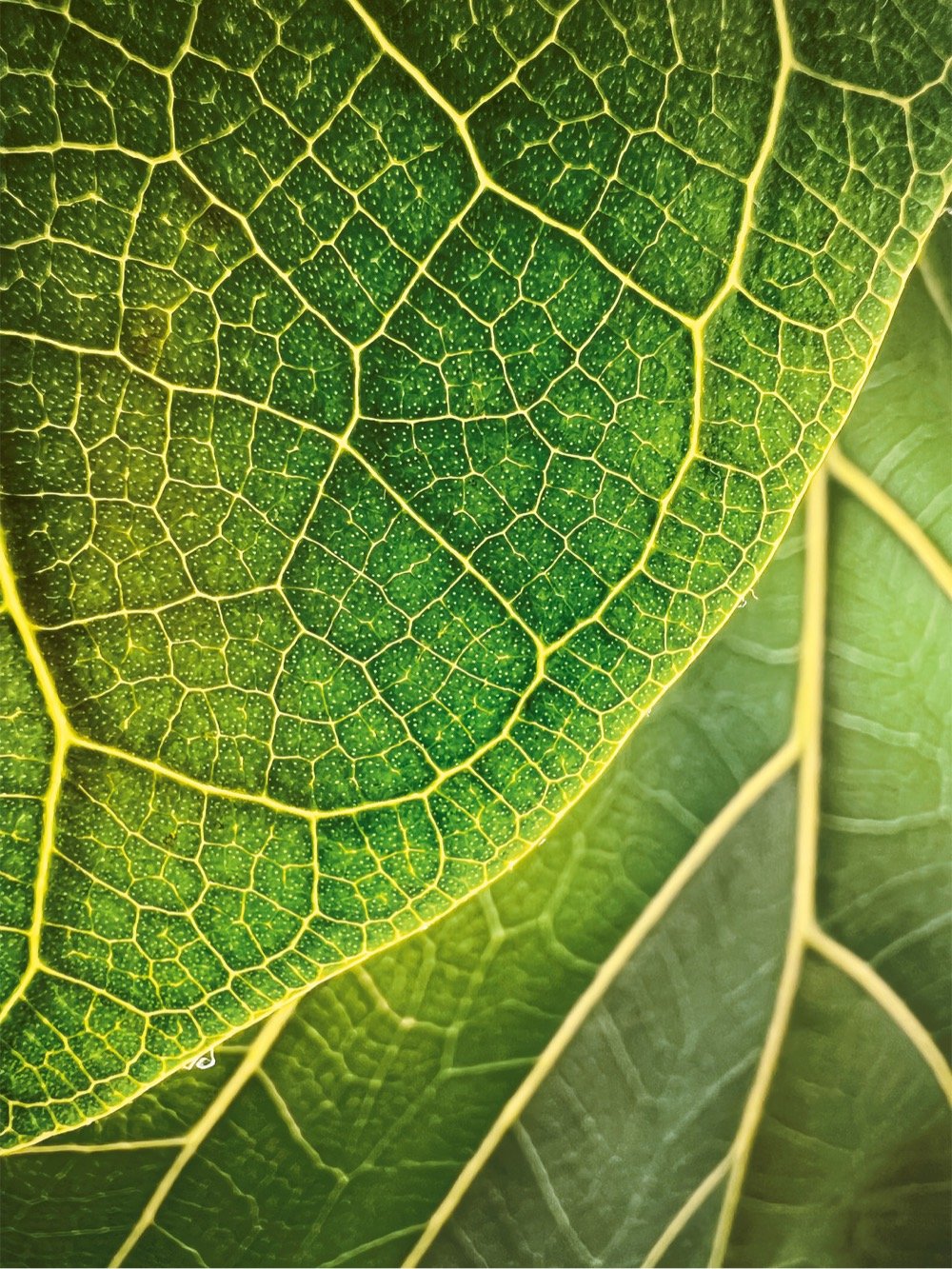
Apple recently announced the winners of a competition to highlight the best macro photos shot on the newest iPhones. Amazing photos from a phone. The camera is really the only reason I upgrade my iPhone every year…it just gets better and better.

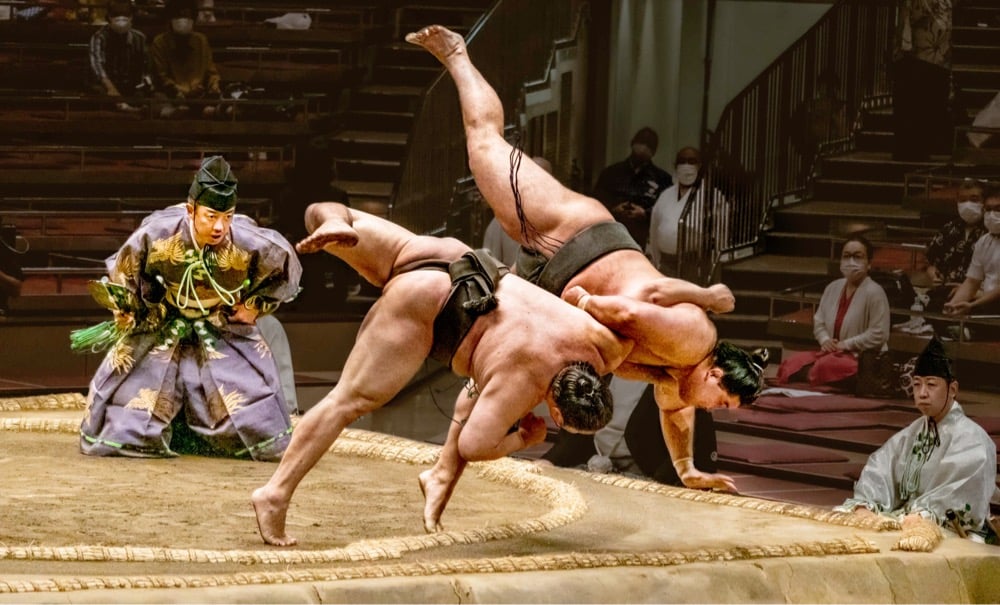


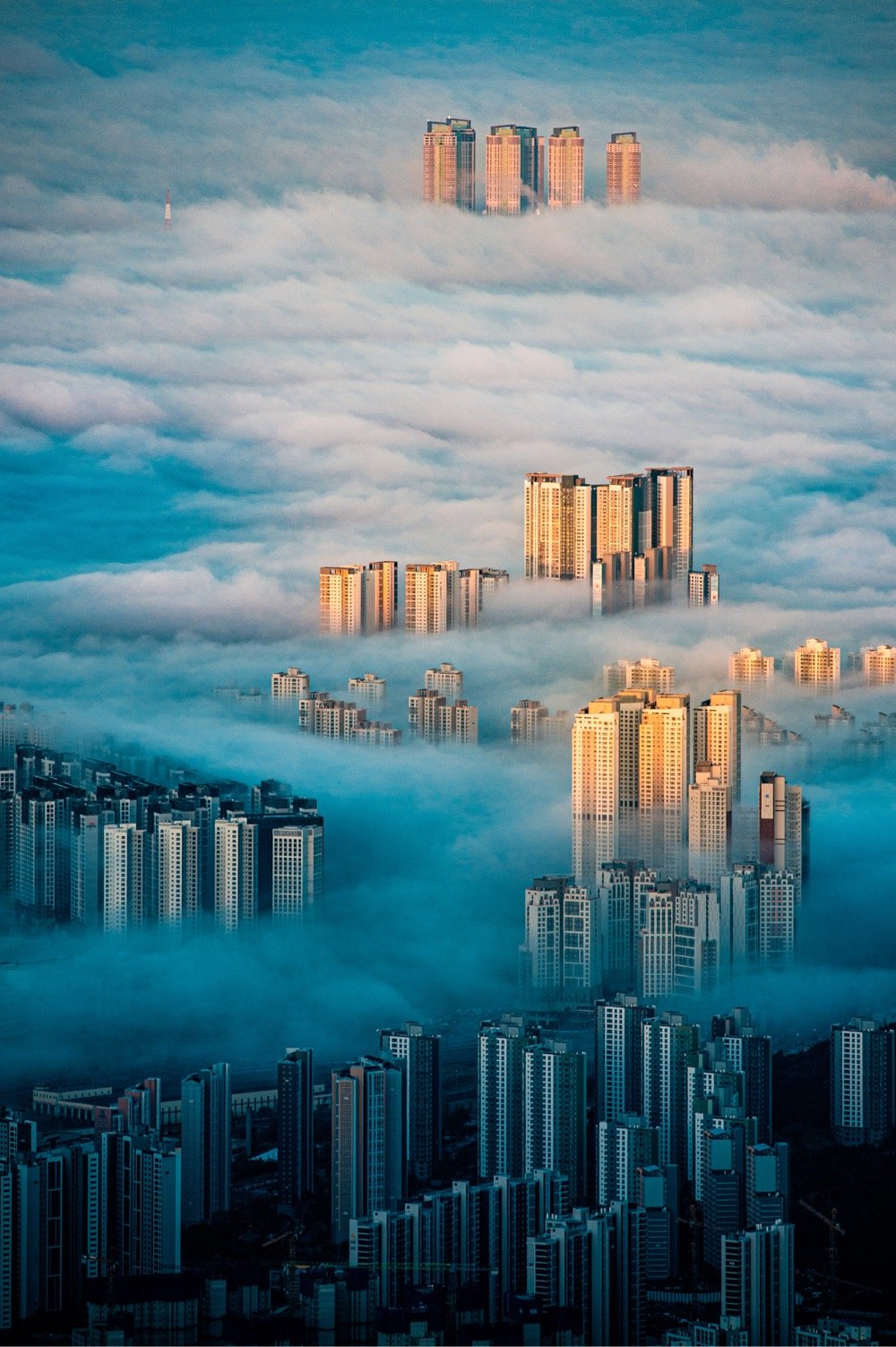
The Sony World Photography Awards have announced the winners of their national and regional competitions. As usual with these awards, there’s a bunch of great work in here. I’ve selected a few of my favorites above — from top to bottom, Sergio Carrasco, Chin Leong Teo, Kazi Arifuzzaman, Thanh Nguyen Phuc, and Wonyoung Choi. View the rest of the winning images here. (via colossal)

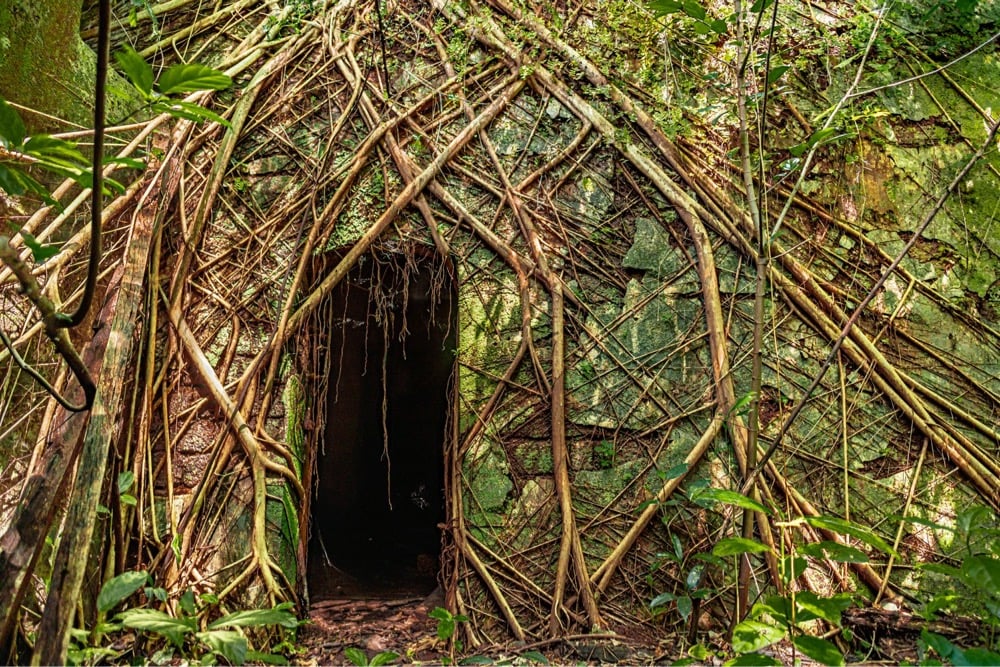


The winning photos in the World Nature Photography Awards for 2021 were recently unveiled and it is always such a pleasure and balm to see how well these photographers capture the beauty of the natural world and the creatures who dwell in it. As always, I’ve included some of my favorites above — from top to bottom, photos by Vince Burton, Gautam Kamat Bambolkar, Chin Leong Teo, and Amos Nachoum. (via in focus)




All of the winners and shortlisted entries of the 2021 International Landscape Photographer of the Year contest look fantastic, but I managed to pull out a few favorites. From top to bottom, photos by Tanmay Sapkal, Wayne Sorensen, Takashi Nakazawa, and Tom Putt.
You can view the winners online, or in PDF form.



The winning entries in the Environmental Photographer of the Year for 2021 highlight the ways in which our planet’s climate is changing and how humans are (and are not) adapting to those changes. From top to bottom, photos by Kevin Ochieng Onyango, Simone Tramonte, and Michele Lapini. (via dense discovery)
I look forward to this every year: David Ehrlich’s video countdown of the 25 best films of 2021. It’s like a trailer for an entire year’s worth of movies, lovingly constructed by a movie fan, critic, and editor, chock full of vivid imagery, memorable moments, and homages to great films of the past. I want to take the rest of the day off and just watch all of these…







I only read ebooks these days and don’t make it to the one decent bookstore within a 60-minute drive from my house that often, but I still love love book covers. As I do every year, I’ve perused the end-of-year lists of the best covers and pulled out some favorites, which I’ve embedded above.
From top to bottom: Outlawed by Anna North, designed by Rachel Willey; Dead Souls by Sam Riviere, designed by Jamie Keenan; Foucault in Warsaw by Remigiusz Ryzinski, designed by Daniel Benneworth-Gray; Orwell’s Roses by Rebecca Solnit, designed by Gray318; Laserwriter II by Tamara Shopsin, designed by Tamara Shopsin;1 Pure Gold by John Patrick McHugh, designed by Jack Smyth; and Nectarine by Chad Campbell, designed by by Dave Drummond.
You can find many more great covers in these lists: The 50 Best Book Covers of 2021 (Print), The Best Book Covers of 2021 (NY Times), The 101 Best Book Covers of 2021 (Literary Hub), Notable Book Covers of 2021 (The Casual Optimist), 8 of the Best Book Covers of 2021 (AIGA Eye on Design), The best book covers of the year 2021 (Creative Review), and The Best Book Covers of 2021 (Book Riot).
See also my lists from past years: 2020, 2019, 2018, 2015, 2014, and 2013.




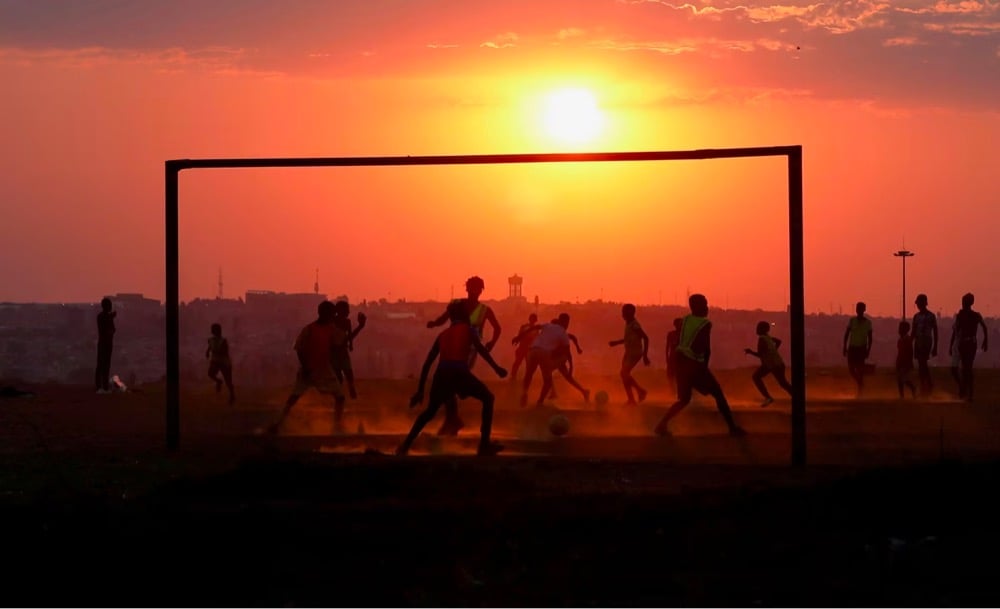






It is difficult to separate 2021 from the previous year — Covid, social & political unrest, and the climate crisis bind them together in my memory. I think, at the beginning of this year, many people thought it was going to be better year than the last, but instead it was 2020: The Sequel. Meaghan Looram summed the year up succinctly for the NY Times:
The year 2021 opened with the promise of vaccines, and the belief that we would all return to “normal” after the tumultuous year of the pandemic. But the year instead took off with an insurrection in the U.S. Capitol, and saw a summer of carefree gatherings derailed by a fast-spreading virus. Governments fell, democracies were challenged, and climate-related destruction was unleashed, all while the casualties of the pandemic continued to amass. The vaccine saved some lives, but human passions, hopes and fears did their usual work to create a year that was anything but calm, and is ending with the prospect of a new variant upending plans once again.
As I do every year, I went through a bunch of photos-of-the-year lists and picked up some favorites; they are embedded above. The first photo, taken by amateur photographer Shawn Triplett with his iPhone in the aftermath of the Kentucky tornados, wasn’t included in any of the lists but it was probably my favorite of the year. There’s something about the framing, the emptiness, the destruction, and the screen-mediated chaos vs. order that is the perfect metaphor for how things are feeling right now.
You can check out more of the year’s best photos here:
The photos above were taken by (from top to bottom): Shawn Triplett, satellite imagery, Shannon Stapleton, Jouni Porsanger, Siphiwe Sibeko, Callaghan O’Hare, Don Seabrook, Alexey Pavlishak, Emilio Morenatti, Anonymous, and Doug Mills.



Check out some of the best aurora borealis and aurora australis photos taken in 2021 in the results of the 2021 Northern Lights Photographer of the Year competition.1 My three favorites (embedded above) were taken by Larryn Rae, Marc Adamus, and Frøydis Dalheim. (thx, caroline)




The winners of the 2021 Red Bull Illume Image Quest photography contest have been announced. You can take a look at the winners, runners-up, and finalists in the contest — so much impressive work here. Photos above are by Will Saunders, Rod Hill, Andreas Busslinger, and Adrien Petit. (via in focus)

Like last year, I had a lot of trouble reading this year and even more difficulty regularly visiting good book stores, with months-long stretches without both. So, I went into compiling this post with a (fairly) clean slate and it was exciting to learn about what’s been good this year.
I consulted a number of best-of lists (fiction, nonfiction, kids, poetry, audiobooks, food/cooking, art) and here’s what popped out at me. [All source lists are included at the bottom of the post. ** denotes books I have read or am currently reading.]
Beautiful World, Where Are You (ebook) by Sally Rooney.**
Alice, a novelist, meets Felix, who works in a warehouse, and asks him if he’d like to travel to Rome with her. In Dublin, her best friend, Eileen, is getting over a break-up, and slips back into flirting with Simon, a man she has known since childhood.
Alice, Felix, Eileen, and Simon are still young — but life is catching up with them. They desire each other, they delude each other, they get together, they break apart. They have sex, they worry about sex, they worry about their friendships and the world they live in. Are they standing in the last lighted room before the darkness, bearing witness to something? Will they find a way to believe in a beautiful world?
When We Cease to Understand the World (ebook) by Benjamín Labatut.
When We Cease to Understand the World is a book about the complicated links between scientific and mathematical discovery, madness, and destruction.
Fritz Haber, Alexander Grothendieck, Werner Heisenberg, Erwin Schrödinger—these are some of luminaries into whose troubled lives Benjamín Labatut thrusts the reader, showing us how they grappled with the most profound questions of existence. They have strokes of unparalleled genius, alienate friends and lovers, descend into isolation and insanity. Some of their discoveries reshape human life for the better; others pave the way to chaos and unimaginable suffering. The lines are never clear.
Crying in H Mart (ebook) by Michelle Zauner.
In this exquisite story of family, food, grief, and endurance, Michelle Zauner proves herself far more than a dazzling singer, songwriter, and guitarist. With humor and heart, she tells of growing up one of the few Asian American kids at her school in Eugene, Oregon; of struggling with her mother’s particular, high expectations of her; of a painful adolescence; of treasured months spent in her grandmother’s tiny apartment in Seoul, where she and her mother would bond, late at night, over heaping plates of food.
Klara and the Sun (ebook) by Kazuo Ishiguro.**
Here is the story of Klara, an Artificial Friend with outstanding observational qualities, who, from her place in the store, watches carefully the behavior of those who come in to browse, and of those who pass on the street outside. She remains hopeful that a customer will soon choose her. Klara and the Sun is a thrilling book that offers a look at our changing world through the eyes of an unforgettable narrator, and one that explores the fundamental question: what does it mean to love?
Somebody’s Daughter: A Memoir (ebook) by Ashley C. Ford.
Through poverty, adolescence, and a fraught relationship with her mother, Ashley C. Ford wishes she could turn to her father for hope and encouragement. There are just a few problems: he’s in prison, and she doesn’t know what he did to end up there. She doesn’t know how to deal with the incessant worries that keep her up at night, or how to handle the changes in her body that draw unwanted attention from men. In her search for unconditional love, Ashley begins dating a boy her mother hates. When the relationship turns sour, he assaults her. Still reeling from the rape, which she keeps secret from her family, Ashley desperately searches for meaning in the chaos. Then, her grandmother reveals the truth about her father’s incarceration… and Ashley’s entire world is turned upside down.
Empire of Pain: The Secret History of the Sackler Dynasty (ebook) by Patrick Radden Keefe.
A grand, devastating portrait of three generations of the Sackler family, famed for their philanthropy, whose fortune was built by Valium and whose reputation was destroyed by OxyContin. From the prize-winning and bestselling author of Say Nothing, as featured in the HBO documentary Crime of the Century.
The Sackler name adorns the walls of many storied institutions — Harvard, the Metropolitan Museum of Art, Oxford, the Louvre. They are one of the richest families in the world, known for their lavish donations to the arts and the sciences. The source of the family fortune was vague, however, until it emerged that the Sacklers were responsible for making and marketing a blockbuster painkiller that was the catalyst for the opioid crisis.
How the Word Is Passed: A Reckoning with the History of Slavery Across America (ebook) by Clint Smith.
Beginning in his hometown of New Orleans, Clint Smith leads the reader on an unforgettable tour of monuments and landmarks — those that are honest about the past and those that are not — that offer an intergenerational story of how slavery has been central in shaping our nation’s collective history, and ourselves.
No One Is Talking About This (ebook) by Patricia Lockwood.**
As this urgent, genre-defying book opens, a woman who has recently been elevated to prominence for her social media posts travels around the world to meet her adoring fans. She is overwhelmed by navigating the new language and etiquette of what she terms the portal, where she grapples with an unshakable conviction that a vast chorus of voices is now dictating her thoughts. When existential threats — from climate change and economic precariousness to the rise of an unnamed dictator and an epidemic of loneliness — begin to loom, she posts her way deeper into the portal’s void.
Cloud Cuckoo Land (ebook) by Anthony Doerr.
Set in Constantinople in the fifteenth century, in a small town in present-day Idaho, and on an interstellar ship decades from now, Anthony Doerr’s gorgeous third novel is a triumph of imagination and compassion, a soaring story about children on the cusp of adulthood in worlds in peril, who find resilience, hope — and a book.
The 1619 Project: A New Origin Story (ebook) edited by Nikole Hannah-Jones.
The New York Times Magazine’s award-winning “1619 Project” issue reframed our understanding of American history by placing slavery and its continuing legacy at the center of our national narrative. This new book substantially expands on that work, weaving together eighteen essays that explore the legacy of slavery in present-day America with thirty-six poems and works of fiction that illuminate key moments of oppression, struggle, and resistance. The essays show how the inheritance of 1619 reaches into every part of contemporary American society, from politics, music, diet, traffic, and citizenship to capitalism, religion, and our democracy itself.
Matrix (ebook) by Lauren Groff.
One of our best American writers, Lauren Groff returns with her exhilarating first new novel since the groundbreaking Fates and Furies.
Cast out of the royal court by Eleanor of Aquitaine, deemed too coarse and rough-hewn for marriage or courtly life, seventeen-year-old Marie de France is sent to England to be the new prioress of an impoverished abbey, its nuns on the brink of starvation and beset by disease.
Four Thousand Weeks: Time Management for Mortals (ebook) by Oliver Burkeman.
Drawing on the insights of both ancient and contemporary philosophers, psychologists, and spiritual teachers, Oliver Burkeman delivers an entertaining, humorous, practical, and ultimately profound guide to time and time management. Rejecting the futile modern fixation on “getting everything done,” Four Thousand Weeks introduces readers to tools for constructing a meaningful life by embracing finitude, showing how many of the unhelpful ways we’ve come to think about time aren’t inescapable, unchanging truths, but choices we’ve made as individuals and as a society — and that we could do things differently.
Harlem Shuffle (ebook) by Colson Whitehead.
Harlem Shuffle’s ingenious story plays out in a beautifully recreated New York City of the early 1960s. It’s a family saga masquerading as a crime novel, a hilarious morality play, a social novel about race and power, and ultimately a love letter to Harlem.
Yolk (ebook) by Mary H.K. Choi.
From New York Times bestselling author Mary H.K. Choi comes a funny and emotional story about two estranged sisters and how far they’ll go to save one of their lives — even if it means swapping identities.
The Lincoln Highway (ebook) by Amor Towles.
The bestselling author of A Gentleman in Moscow and Rules of Civility and master of absorbing, sophisticated fiction returns with a stylish and propulsive novel set in 1950s America.
I’m all jazzed up about reading now…I love books and I need to figure out how to read more of them in the upcoming year. Here are some of the lists I used to assemble this collection:
Note: When you buy through links on kottke.org, I may earn an affiliate commission. This year, I’m linking mostly to Bookshop.org but if you read on the Kindle or Bookshop is out of stock, you can try Amazon. Thanks for supporting the site!





AAP Magazine has announced the winners of their 21st annual photo competition. This year’s theme was “Colors” and I’ve embedded a few of my favorites above (from top to bottom: Miloš Nejezchleb, Vitaly Golovatyuk, Graham Earnshaw, Joanna Borowiec, and Pham Huy Trung).





The Street Photographers Foundation has announced the winners of the Street Photography Awards for 2021. What an amazing selection of photos — it was so hard to pick just a few favorites (embedded above). From top to bottom, Subhran Karmakar, Paul Kessel (like a Renaissance painting), Akib Amjad (so reminiscent of this iconic photo by Henri Cartier-Bresson), Andy Hann, and Dimitri Mellos. (via curious about everything)




After sorting through 13,000 photographs submitted by over 1300 photographers from all over the world, the winners of the very first Natural Landscape Photography Awards have been announced. A few of my favorite winners are embedded above; from top to bottom, Paul Hammett, Antonio Fernandez, Hans Strand, and Tobias Richter. Hammett’s shot of lightning striking the Matterhorn took 30 minutes of patience to capture:
Setting up my tripod as thunder boomed around me, hopes of getting an image turned to excitement as the storm moved over the Matterhorn.
I was briefly frustrated trying to nail focus and settings in the dark. Occasional flashes of nearby lightning helped me recompose, refine focus and adjust settings. But I cursed each of them as a missed opportunity to get a shot. Once happy with the camera set up, I could take time to fire off numerous 10 second exposures and just watch the show.
Each lightning strike gave me the shivers. When these two hit the summit, I knew I had something special in the camera.
(via colossal)

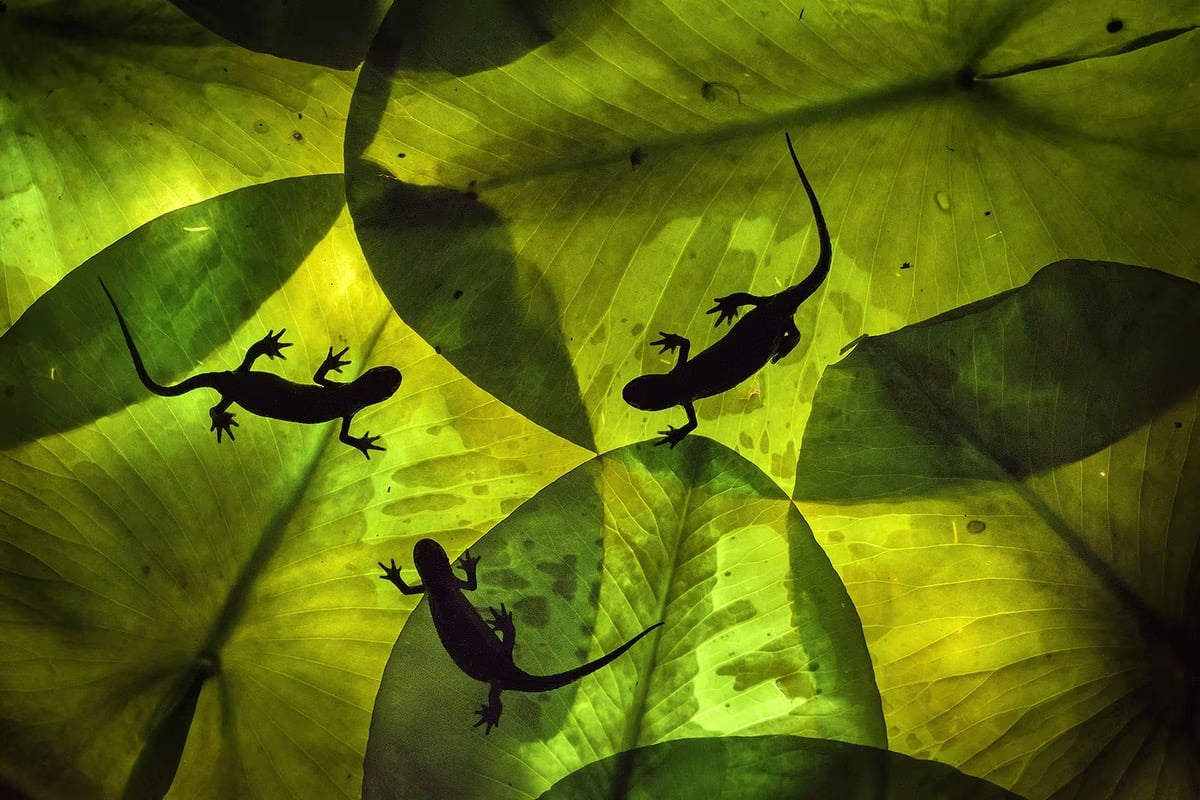


Contestants from 55 countries entered over 9000 photos in the Close-Up Photographer of the Year competition for 2021 and now the winners have been announced. I’ve included a few of my favorites above (from top to bottom): Pål Hermansen, Johan De Ridder, Håkan Kvarnstrom, and Bruno Militelli. (via in focus)




The Natural History Museum in London has announced the winners of the 2021 Wildlife Photographer of the Year contest. Photos above are by Jonny Armstrong, Buddhilini de Soyza, Lasse Kurkela, and Vidyun R Hebbar.
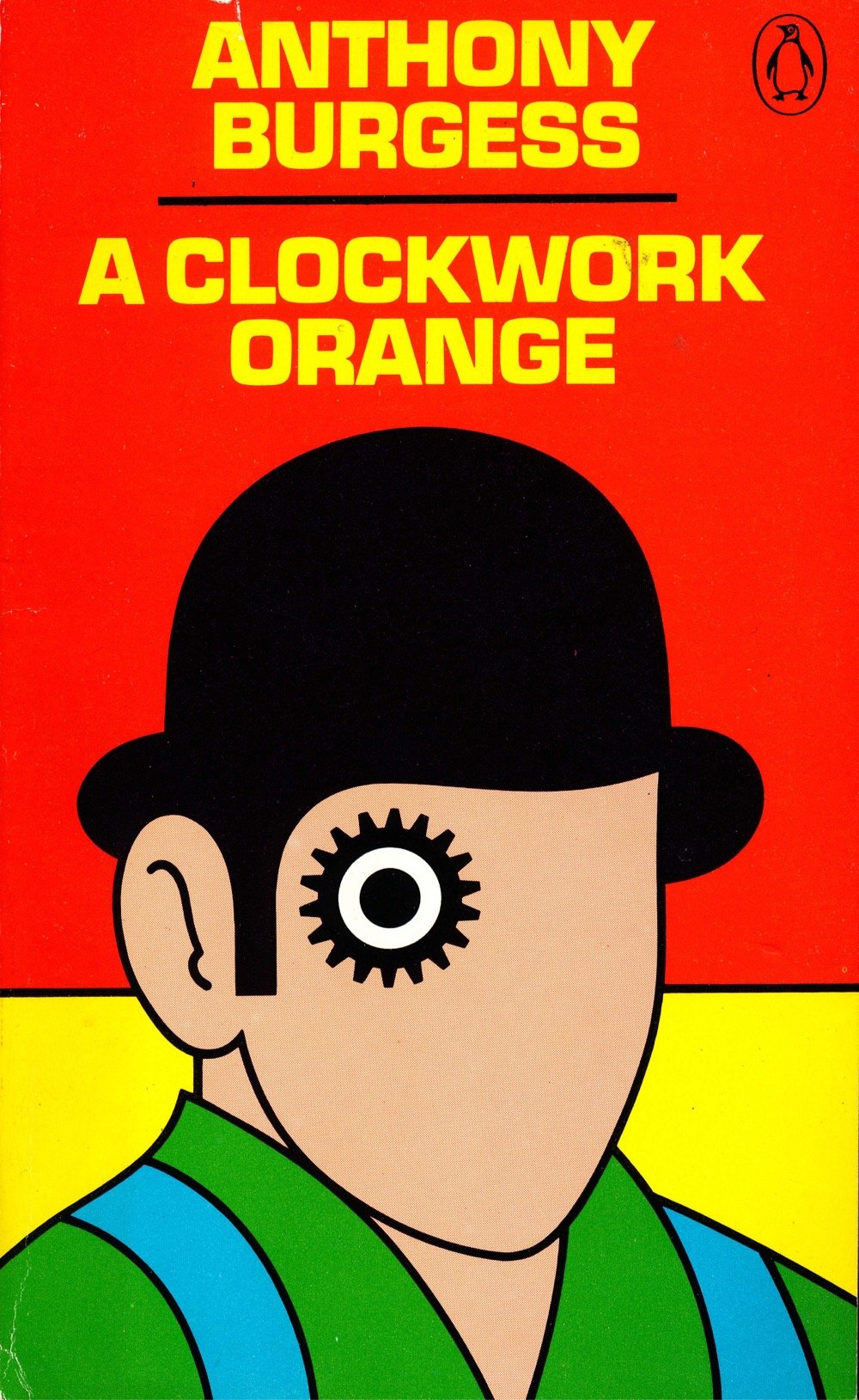


From Literary Hub, The 25 Most Iconic Book Covers in History. Some good ones shared in the comments as well. (thx, serge)



The Nature Conservancy is a non-profit organization focused on conservation and addressing the climate and biodiversity crises. The winners of their 2021 Global Photo Contest have interpreted the Conservancy’s mission in a number of different ways. Above are three of my favorite shots from the contest; photo credits from top to bottom: Anup Shah, Daniel De Granville Manço, Manh Cuong Vu.


Oceanographic Magazine has announced the winners of their annual Ocean Photography Awards for 2021. The official site is reeeally slow so you can check out the winners at The Guardian, the BBC, or on Instagram. Photos above are by Hannah Le Leu (top) and Aimee Jan (bottom).


The Royal Museum Greenwich has announced the winners of the Astronomy Photographer of the Year for 2021. Zhong Wu won the galaxies category with a 360-degree view of the Milky Way (above, top), a mosaic which took two years to create — the northern hemisphere portion of the galaxy was photographed in China and the southern part in New Zealand. Jeffrey Lovelace’s photo of the crescent moon over Death Valley sand dunes (above, bottom) took the prize in the skyscapes category.





Drones have been around for awhile now, but I have yet to tire of the bird’s-eye images captured from above this remarkable planet of ours. The gallery of the winning images in the 2021 Drone Photo Awards is full of tiny doses of the overview effect. I’ve chosen a few of my favorites above. Photo credits, from top to bottom: Ran Tian, Terje Kolaas, Yoel Robert Assiag, Oleg Rest, and Md Tanveer Hassan Rohan.
See also this drone photo of Cao Bang, Vietnam that I shared recently. (thx, caroline)
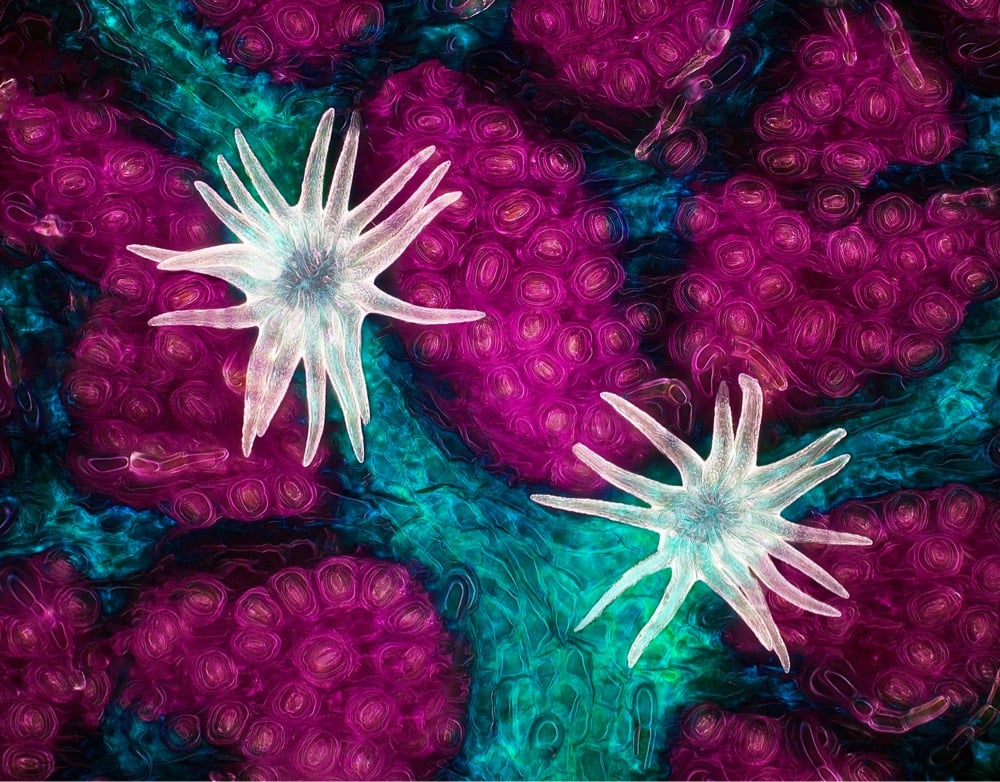





This is always a favorite of mine… Nikon has announced the winners of the Small World Photomicrography Competition for 2021. As always, I’ve shared a few of my favorites above. Photo credits from top to bottom: Jason Kirk, Oliver Dum, Saulius Gugis, Martin Kaae Kristiansen, Paula Diaz, and Caleb Dawson.
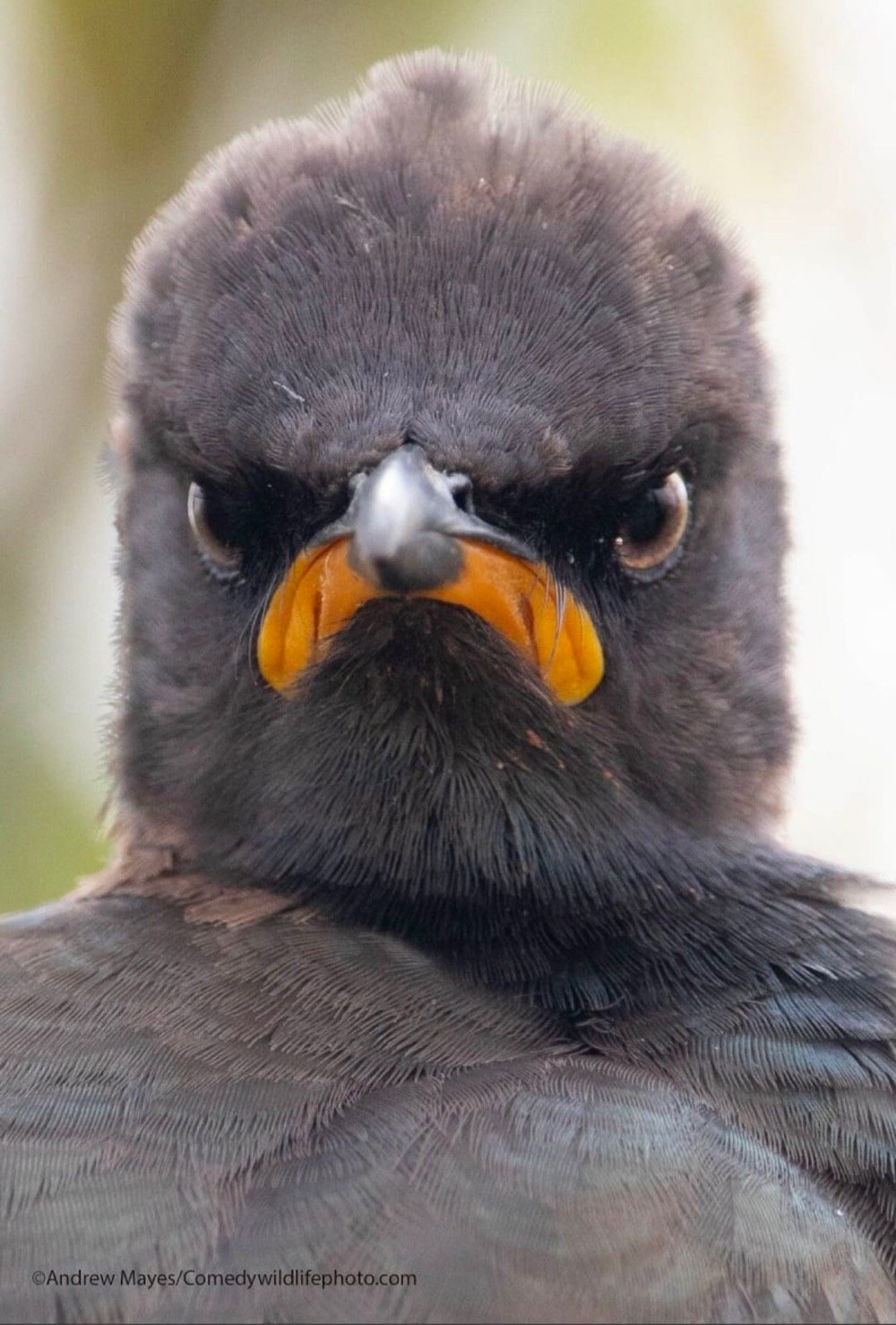


The Comedy Wildlife Photography Awards: always a bright spot in the world these days. This year, the thousands of photos have been narrowed down to 42 finalists, including the three very expressive animals above. Good luck to all the contestants — the winners will be announced in October.



The IPPA Photographer of the Year Award is open to photographers who use an iPhone or iPad to take photos, and the winners of the 2021 competition demonstrate just how capable these devices are (and how much photography is not about your equipment). I’m struck by how many of the winners were not taken with the latest phones — the grand prize winner (above, top) was shot with an iPhone 7, which came out in 2016. Photos above by Istvan Kerekes, Jeff Rayner, and Enhua Ni.
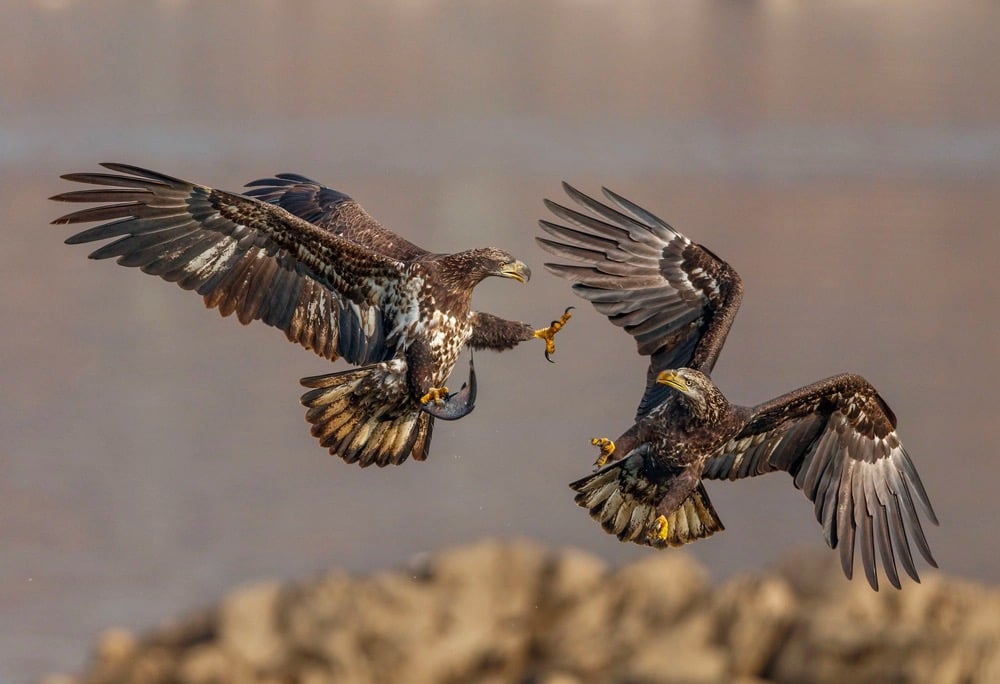
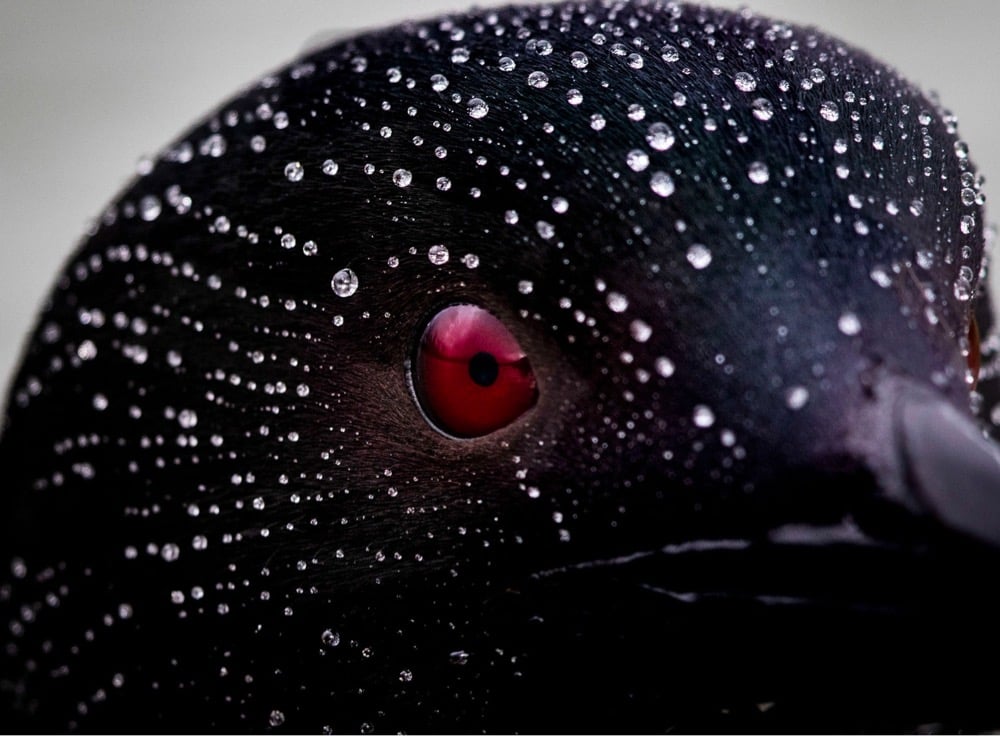

The National Audubon Society has announced the winners of the their photography competition for 2021. They also selected a top 100 from the rest of the submissions to complement the winners. The photos above are by Jerry am Ende, Sue Dougherty, and Tim Timmis. (via in focus)
Newer posts
Older posts























































































































Stay Connected